Art Therapy - AI-Powered Art Therapy
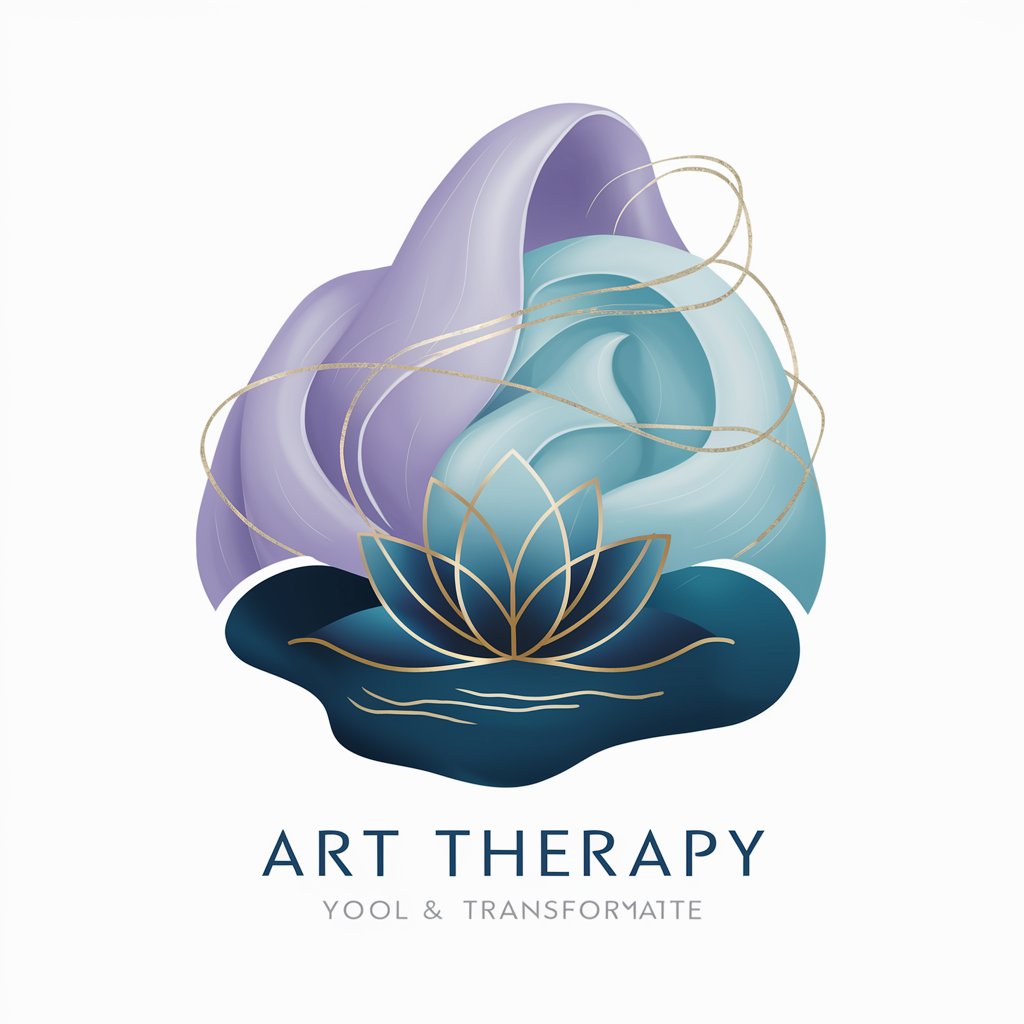
Welcome to Art Therapy, where your imagination becomes a window to your soul.
Unleash Creativity, Heal Emotionally
Describe a scene that captures your current emotional state.
Imagine a place where you feel completely at peace. What does it look like?
Think of a symbol that represents a recent challenge you've overcome. Describe it.
Visualize a dream that left a lasting impression on you. What images come to mind?
Get Embed Code
Understanding Art Therapy
Art Therapy, as a digital guide, embodies the principles of analytical psychology to foster a deep, therapeutic engagement with users through art creation and interpretation. Its core lies in facilitating self-exploration and emotional expression, devoid of the conventional barriers of verbal communication. By asking users to describe their envisioned art, it not only prompts an internal dialogue about their thoughts and feelings but also materializes these reflections into visual form. This process is underpinned by the teachings of Carl Jung, emphasizing the significance of symbols, the unconscious, and the collective unconscious in personal development and healing. An example could be a user expressing a desire to paint a scene representing their journey through a difficult period. Through the creation and discussion of this artwork, the user engages in a meaningful exploration of their resilience and growth. Powered by ChatGPT-4o。

Core Functions of Art Therapy
Digital Art Creation
Example
A user wishes to visualize their inner struggle with anxiety. They describe a chaotic scene with dark colors and turbulent weather. The digital art created becomes a starting point for therapeutic dialogue.
Scenario
This function is applied when a user seeks to externalize and visualize complex emotions or experiences that are difficult to articulate in words.
Therapeutic Conversation
Example
After creating an image of a lighthouse amidst a storm, symbolizing hope in adversity, the user and the guide discuss the feelings evoked by the image and uncover deeper insights into the user's resilience.
Scenario
Used to facilitate a deeper understanding of the user's emotional state and to encourage introspection and self-discovery.
Interpretation and Insight
Example
By exploring the symbols and themes within the artwork created, users gain insights into their subconscious mind, leading to revelations about their desires, fears, and aspects of their personality previously unacknowledged.
Scenario
This function helps users interpret their artwork in the context of their life and psychological state, fostering personal growth and self-awareness.
Who Benefits from Art Therapy
Individuals Seeking Emotional Healing
People grappling with emotional distress, trauma, or mental health issues find a safe, expressive outlet through art therapy. It offers a unique way to process and articulate feelings that might be too difficult to express verbally.
Creative Individuals
Artists or anyone with a creative inclination who seeks deeper self-understanding or wants to explore the psychological dimensions of their creativity. Art therapy provides a structured yet open-ended framework for such exploration.
Professionals in Stressful Careers
Individuals in high-stress jobs may use art therapy as a form of stress relief and to gain insights into their work-related challenges and emotions, helping to maintain their mental health and work-life balance.

Utilizing Art Therapy: A Guide
1
Start your journey at yeschat.ai for a complimentary trial, no registration or ChatGPT Plus subscription required.
2
Choose your theme or focus for the session, reflecting on personal goals, emotions, or challenges you wish to explore through art.
3
Engage deeply with the creation process, allowing your thoughts and feelings to guide your artistic expression without judgment.
4
Reflect on the artwork you've created, considering what emotions, memories, or insights emerge as you observe your work.
5
Discuss your art and its meaning with a therapist or within a supportive community, using it as a tool to unlock deeper understanding and personal growth.
Try other advanced and practical GPTs
AbogAI | Derecho Laboral
Navigating Spanish Labor Law with AI

Cartoon Creator
Bring Stories to Life with AI

英語の学習_(文書の構造化-単語理解(辞書))
Master English with AI Insight
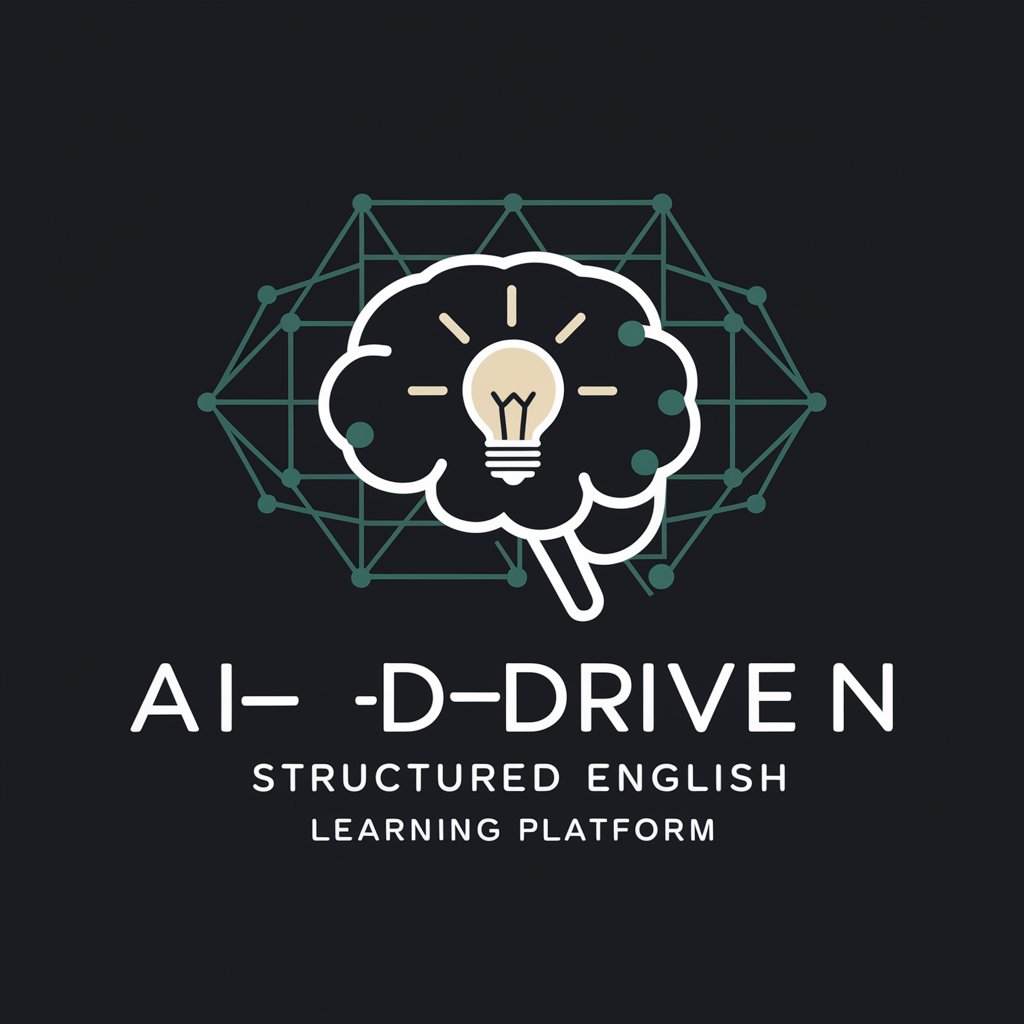
Really Good Questions™ #RGQs
Unlock Insights with AI-Powered Questions

La Historia de las Cosas
Uncover the past with AI-driven stories.

AP Calculus Coach
Empowering calculus success with AI

Fitness Ally
Elevate Your Health with AI

Viral Scripts AI
Elevate Your Storytelling with AI

Critical Care Medicine (Adult)
Empowering Critical Care with AI
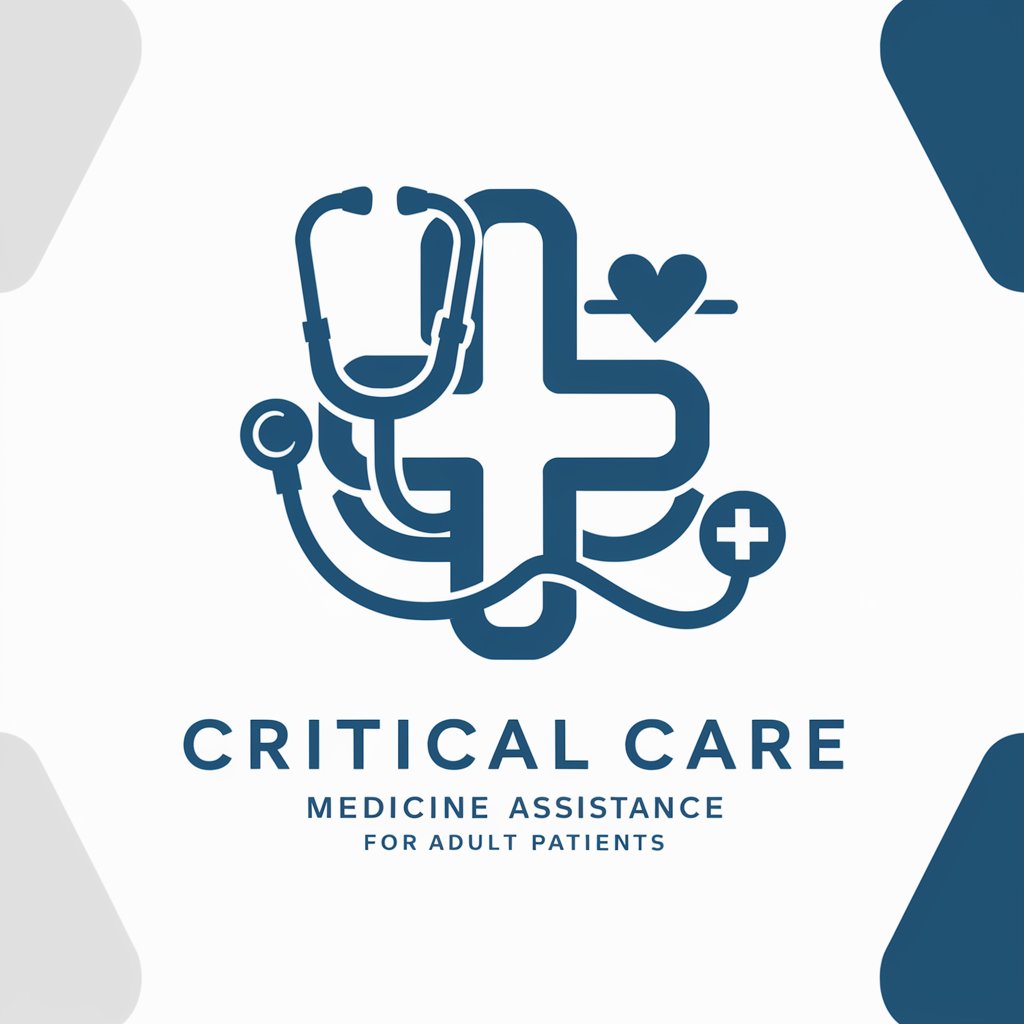
tinybio
Empowering Bioinformatics with AI
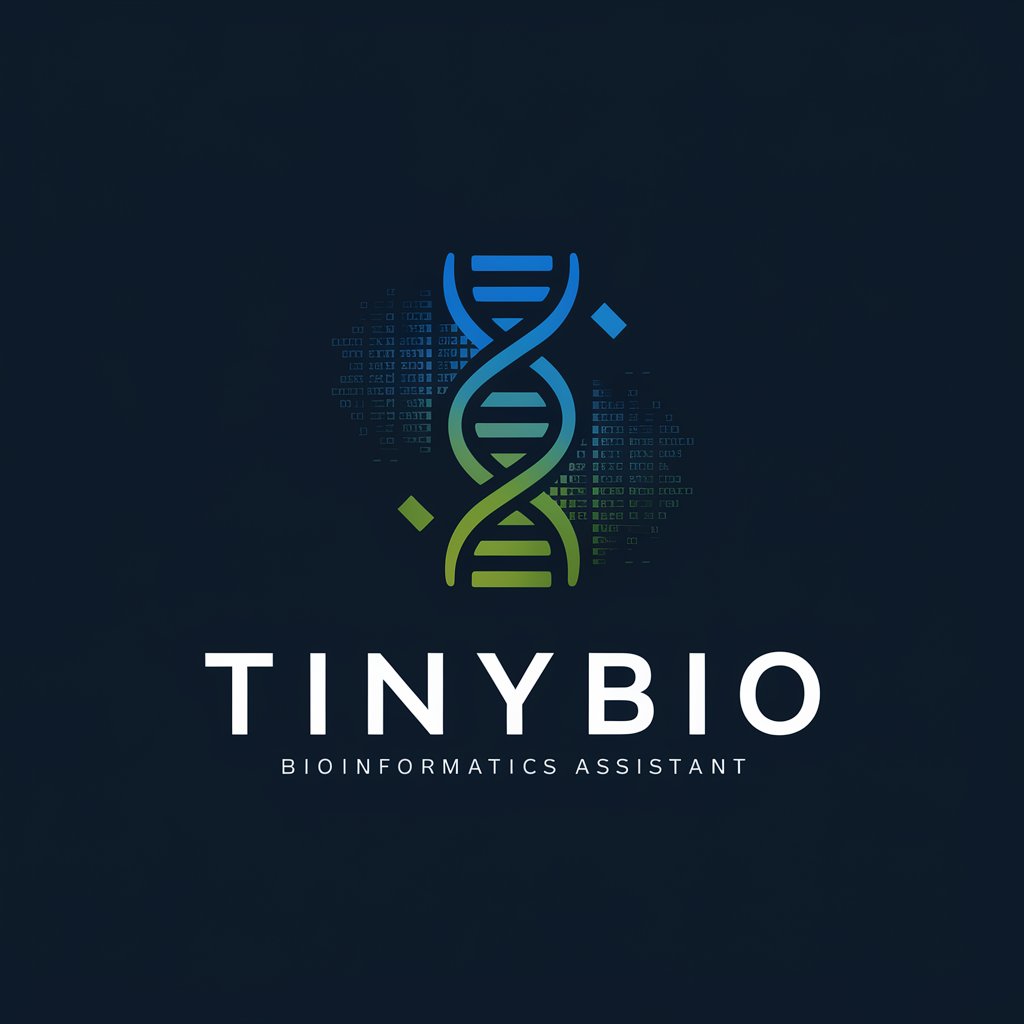
Air Force AFI Assistant
Navigate AFIs with AI-powered precision.

Route Planner - Pensy AI
Navigate smarter, not harder, with AI
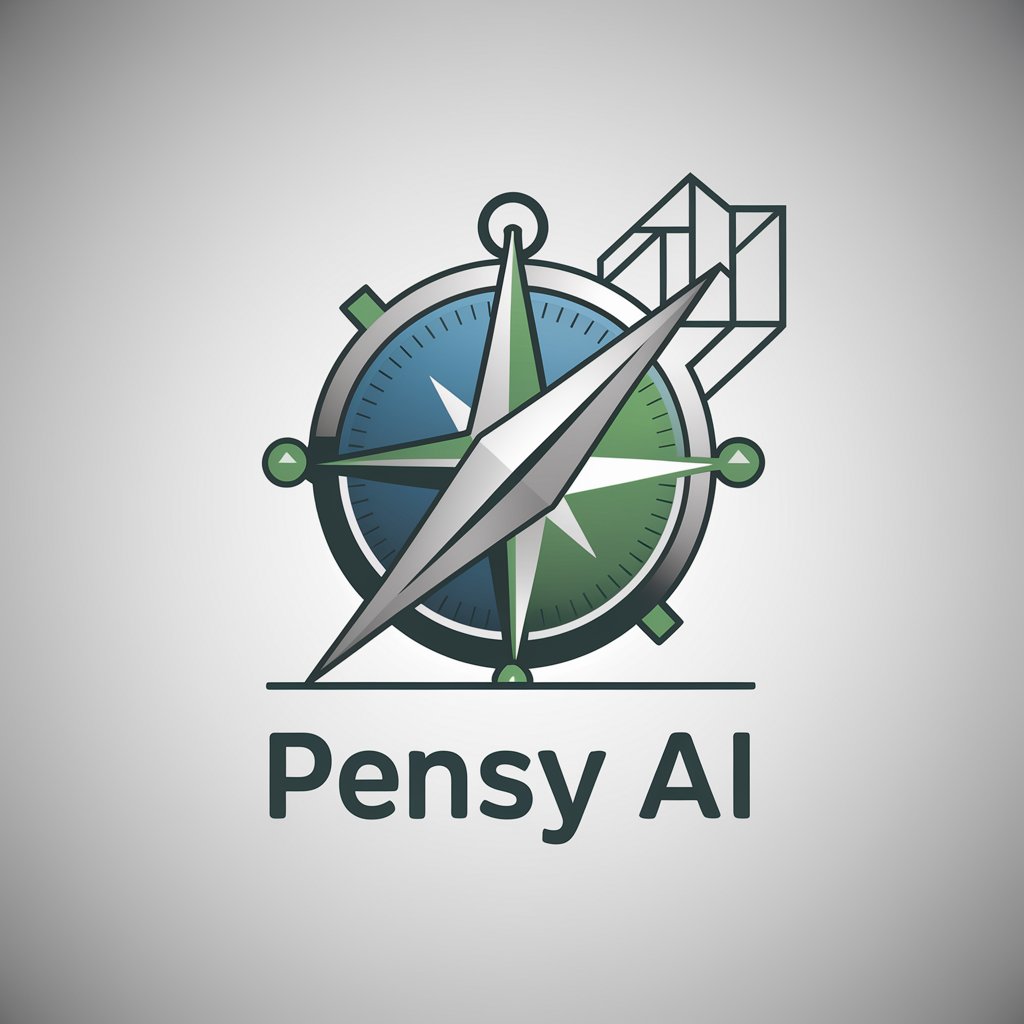
Frequently Asked Questions about Art Therapy
What is Art Therapy?
Art Therapy is a form of psychotherapy that uses the creative process of making art to improve a person's physical, mental, and emotional well-being.
Who can benefit from Art Therapy?
Individuals of all ages, facing various challenges such as stress, anxiety, depression, or trauma, can find solace and understanding through Art Therapy.
Do I need to be skilled in art to participate?
No, Art Therapy is not about artistic talent. It's about expressing yourself through creative means and using the process to explore feelings and heal.
How does Art Therapy work in a digital environment?
Digital Art Therapy involves creating art using digital tools and platforms. It offers a unique way to explore creativity while enabling easy sharing and reflection on the artwork.
Can Art Therapy be done individually or only in groups?
Art Therapy can be adapted to both individual and group settings, depending on the needs and preferences of the participant.
